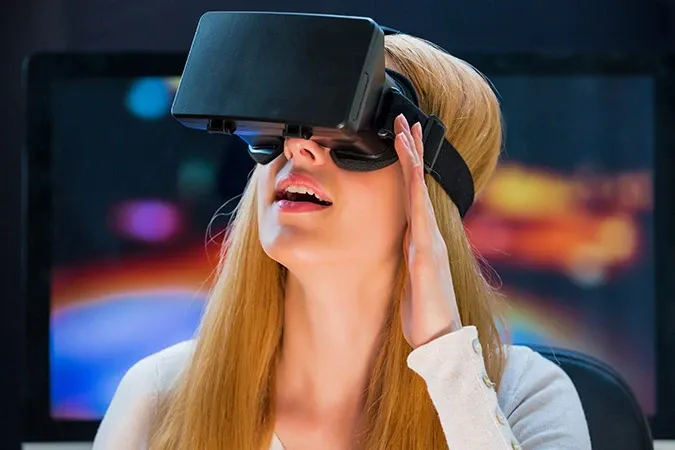PC Market Returns to Growth in 1Q24
Global PC shipments grew around 3% YoY in 1Q24 after eight consecutive quarters of declines due to demand slowdown and inventory correction, according to Counterpoint Research.

The worldwide market for Augmented Reality (AR) and Virtual Reality (VR) headsets grew 25.5% year over year in the second quarter of 2017 (2Q17) as shipments reached 2.1 million, according to IDC. Volumes declined slightly from the prior quarter, but recent price cuts on existing products and announced plans for new products are expected to lay the groundwork for a successful holiday season.
"Growth in the VR market has been rather sluggish compared to other recently introduced technologies as the amount of investment and, more importantly, the need for end user education is extremely high for VR," said Jitesh Ubrani senior research analyst for IDC's Mobile Device Trackers. "Though the recent price cuts across all major platforms will help alleviate one of the barriers to adoption, providing consumers the opportunity to learn about products and try before they buy is still a significant hurdle faced by most companies.
Virtual reality products once again made up more than 98% of shipments in the combined AR/VR market. On the VR side, screenless viewers accounted for over half of all the headset shipments during the quarter. Tethered VR headsets captured 43%, up from the 34% in the previous quarter, driven in large part to Sony's ongoing success with the PlayStation VR and Oculus increasing shipment volumes thanks to price cuts.
Meanwhile, in the still very small AR headset segment, shipments actually declined year over year as several consumer-focused products with big launches last year failed to sustain their volumes a year later. To date, the small but lucrative volume of success in AR headsets has been focused on the enterprise and that's likely to continue for the near term.
Samsung's dominance continued as the launch of the Galaxy S8/8+ helped drive shipments of the Gear VR, although the company did experience a significant year-over-year decline. The recent addition of a controller has improved the user experience and helped to drive a slightly higher average selling price (ASP). However, early signs suggest the company may not bundle its new Note-specific Gear VR with shipments of the upcoming Galaxy Note 8.
Demand for Sony's PSVR remained unmatched amongst the top tier of tethered headsets. The launch of Farpoint along with the VR aim controller combined with some sustained demand for Resident Evil 7 boded well for Sony. Outside of gaming, Sony is also working on bringing other experiences to the VR platform by partnering with Hollywood creators. Despite its success, Sony still announced a modest price cut for the PSVR that should help drive sustained growth through the end of the year.
Facebook reduced the price of the Oculus from $599 to $499 during the quarter, which helped drive demand that saw it leapfrog rival HTC in terms of ranking. Facebook was the first among the major tethered players to cut prices and the company's continued willingness to adjust prices and alter its retail strategy is clearly paying off.
TCL landed in the number four spot with its Alcatel VR headset. The company has increased the number of models with which the VR headset comes bundled, which means it continues to move significant volumes. A relatively weak platform and content ecosystem cast doubt on TCL's long-term prospects in the VR market, but there is no denying the company has done a good job of putting headsets into customers' hands.
Stiff competition led HTC Vive to drop in the ranks. However, the company managed flat growth over 2Q16 and captured 4.4% share during the current quarter. HTC is still one of the only major players successful at actively targeting the commercial VR market. On the consumer side, HTC recently announced a price reduction to $599, although that still leaves the headset priced well above rivals.
Top 5 Worldwide AR and VR Headset Companies, Q2 2017 (shipments in thousands) | ||
Company | 2Q17 Shipment Volumes | 2Q17 Market Share |
1. Samsung | 568.0 | 26.7% |
2. Sony | 519.4 | 24.4% |
3. Facebook | 246.9 | 11.6% |
4. TCL | 106.4 | 5.0% |
5. HTC | 94.5 | 4.4% |
Others | 594.8 | 27.9% |
Total | 2130.0 | 100.0% |
Source: IDC | ||